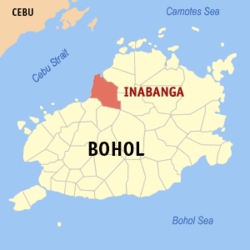
Bien Unido, officially the Municipality of Bien Unido, is a 4th class municipality in the province of Bohol, Philippines. According to the 2015 census, it has a population of 27,115 people.

Bilar, officially the Municipality of Bilar, is a 4th class municipality in the province of Bohol, Philippines. According to the 2015 census, it has a population of 17,590 people.

Buenavista, officially the Municipality of Buenavista, is a 4th class municipality in the province of Bohol, Philippines. According to the 2015 census, it has a population of 27,261 people.
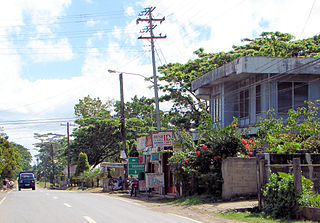
Carmen, officially the Municipality of Carmen, is a 2nd class municipality in the province of Bohol, Philippines. According to the 2015 census, it has a population of 46,306 people.

Clarin, officially the Municipality of Clarin, is a 5th class municipality in the province of Bohol, Philippines. According to the 2015 census, it has a population of 20,301 people.
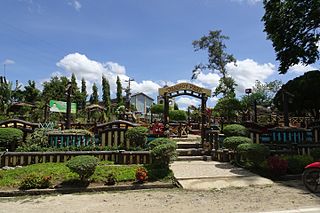
Dagohoy, officially the Municipality of Dagohoy, is a 5th class municipality in the province of Bohol, Philippines. According to the 2015 census, it has a population of 19,158 people.
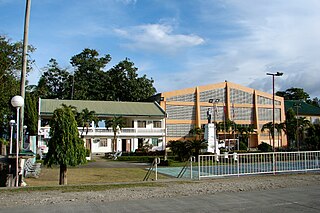
Duero, officially the Municipality of Duero, is a 4th class municipality in the province of Bohol, Philippines. According to the 2015 census, it has a population of 17,876 people.

Garcia Hernandez, officially the Municipality of Garcia Hernandez, is a 4th class municipality in the province of Bohol, Philippines. According to the 2015 census, it has a population of 24,194 people.
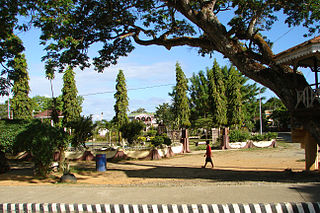
Getafe, officially the Municipality of Getafe, is a 3rd class municipality in the province of Bohol, Philippines. According to the 2015 census, it has a population of 30,955 people.

Mabini, officially the Municipality of Mabini, is a 4th class municipality in the province of Bohol, Philippines. According to the 2015 census, it has a population of 27,171 people.
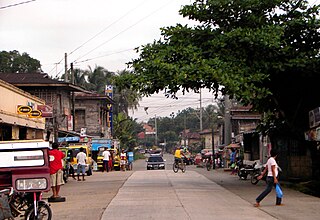
Maribojoc, officially the Municipality of Maribojoc, is a 4th class municipality in the province of Bohol, Philippines. According to the 2015 census, it has a population of 20,688 people.

Pilar, officially the Municipality of Pilar, is a 4th class municipality in the province of Bohol, Philippines. According to the 2015 census, it has a population of 27,256 people.

President Carlos P. Garcia, officially the Municipality of President Carlos P. Garcia, is a 4th class municipality in the province of Bohol, Philippines. According to the 2015 census, it has a population of 23,356 people.

Sagbayan, officially the Municipality of Sagbayan, is a 4th class municipality in the province of Bohol, Philippines. According to the 2015 census, it has a population of 22,339 people.

San Isidro, officially the Municipality of San Isidro, is a 5th class municipality in the province of Bohol, Philippines. According to the 2015 census, it has a population of 8,744 people.

San Miguel, officially the Municipality of San Miguel, is a 4th class municipality in the province of Bohol, Philippines. According to the 2015 census, it has a population of 24,135 people.

Sevilla, officially the Municipality of Sevilla, is a 5th class municipality in the province of Bohol, Philippines. According to the 2015 census, it has a population of 10,661 people.

Sierra Bullones, officially the Municipality of Sierra Bullones, is a 3rd class municipality in the province of Bohol, Philippines. According to the 2015 census, it has a population of 24,745 people.

Sikatuna, officially the Municipality of Sikatuna, is a 5th class municipality in the province of Bohol, Philippines. According to the 2015 census, it has a population of 6,726 people.

Trinidad, officially the Municipality of Trinidad, is a 3rd class municipality in the province of Bohol, Philippines. According to the 2015 census, it has a population of 31,956 people.

